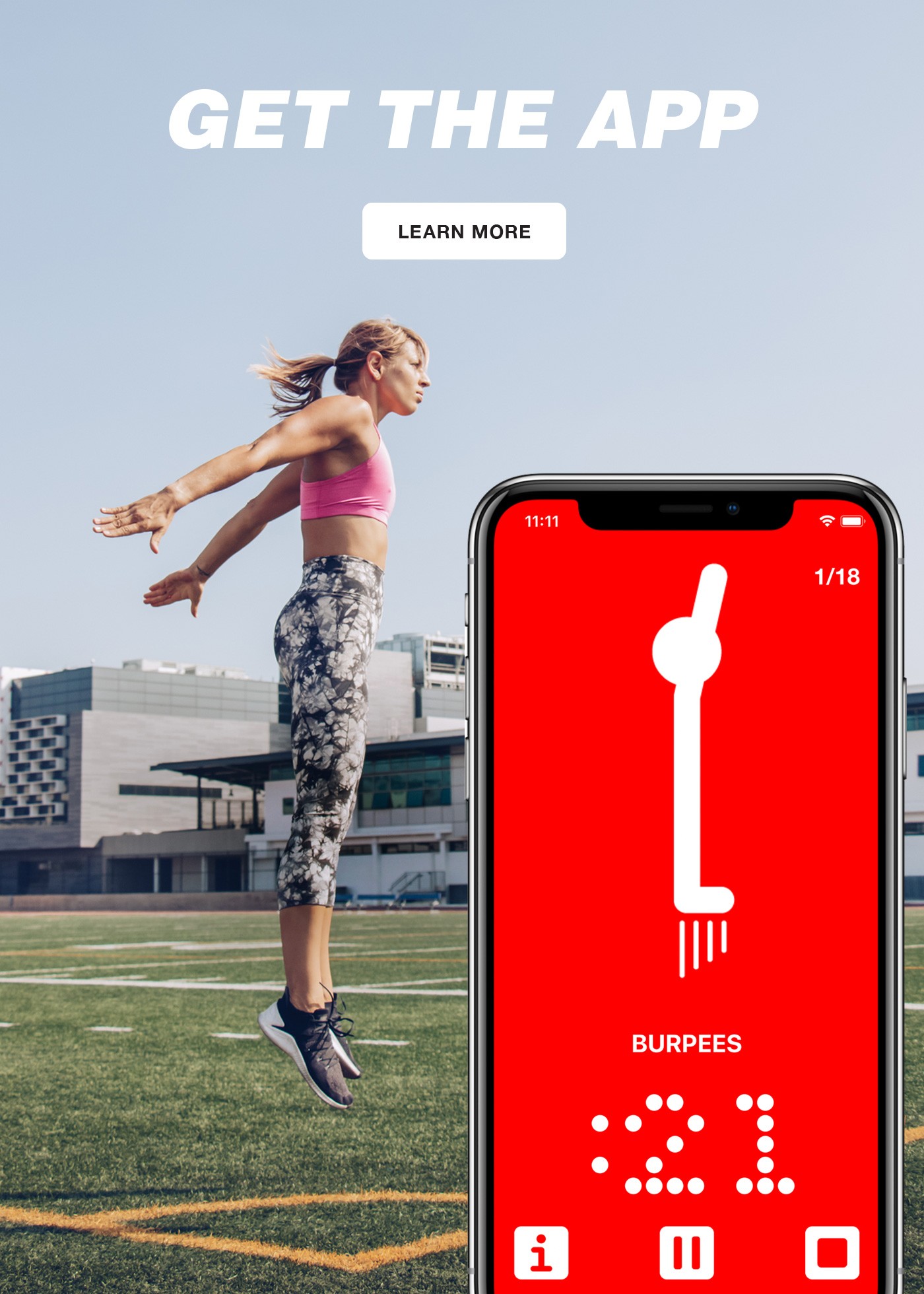At the beginning of April, we started a brand new 6-Week Handstand Challenge.
During the few weeks, we’re going to be working on different exercises you can do to help you build up to doing a freestanding handstand. Don’t be too intimidated—it doesn’t matter if you’ve been practicing handstands for a while now or you’ve never even tried to do one, this handstand challenge is for you.
During Week 1, we focused on building strength and endurance with wall handstands. Week 2 was all about protecting our wrists and avoiding injuries. During Week 3 we focused on our shoulder and hip positioning with pike rolls. During Week 4 we started working on our balance with handstand wall splits.
We’re about to start Week 5, but if you’re new to this challenge, no worries, you can still jump right in! To get the most out of this handstand challenge, make sure to join our private Facebook group where you can share your experience and get in touch with fellow members of the 12 Minute Athlete Community.
For Week 5 of the challenge, we’re going to be working on building up our core strength for a more efficient handstand.
So far in this challenge we’ve talked a bit about avoiding “banana back handstands” when you’re practicing your handstands, but this week we’re going to dive in to how—and why—you should avoid them.
Banana Back Handstands: What They Are and Why They Occur
A banana back handstand occurs when there is a bend or an arch in your back during a handstand. This can be pretty exaggerated or appear as a very subtle bend. You can see an example of me doing a slight banana back handstand in the photo below:

This photo is from a couple of years ago and I’ve definitely improved since then, yet it’s still something I have to remind myself about while in a handstand, and I’m always continuing to improve.
So why does this occur?
There are two main reasons why you might notice yourself arching in a handstand:
1. You’re not engaging your core. Being in a a solid handstand means you’re not only engaging your core muscles, but also your butt and legs. Your toes should also be pointed in a handstand. If your core isn’t engaged, you’ll naturally arch your back.
2. To compensate for incorrect shoulder and hip positioning. If your shoulders are too far over your hips, you’re naturally going to try and compensate by arching your back.
The main reason to avoid a banana back handstand is that it’s extremely inefficient, meaning you won’t be able to hold your handstand as long.
But both of the reasons above can be helped by proper core engagement—and that’s what we’re going to focus on this week.
Hollow Body For a Strong Core
One of the best exercises to help you both build core strength and understand how to properly engage your core in a handstand is the hollow body exercise.
This is an exercise you might remember doing in gymnastics as a kid, but is pretty much foreign to the average exerciser.
Here’s what you’re going to do:
- Lie down flat on your back and contract your abs, pulling your belly button towards the floor. Your arms and legs should be held straight out from the body with hands and toes pointed.
- Slowly raise your shoulders and legs from the ground as you keep your lower back in contact with the floor and squeeze your butt.
- Your goal should be to find the lowest position that you can hold your arms and legs without them touching the floor and without breaking lower back contact.
Modified version:
If this feels too difficult for you right now or if you notice you’re not able to keep your lower back close enough to the floor, try this:
- Lie down keeping your belly button pressed towards the floor and instead of reaching back with your arms, reach them towards your feet.
- You can also try bending your knees instead.
Advanced version:
If you’re up for a slightly more advanced version of the hollow body exercise, you can try hollow body rocks:
- Get into a hollow body position with your belly button glued to the floor.
- Slowly rock back and forth without breaking the position.
Both of these exercises will help your handstands by strengthening your core muscles and helping to create a straight and more efficient handstand.
Watch the short video above for a demonstration of these exercises.
Handstand Challenge Week Five Homework
This week we’re building on wall handstands from Week 1, wrist health from Week 2, pike rolls from Week 3, and handstand wall splits from Week 4. If you missed them, make sure to check out those posts for complete instructions for each exercise.
Here is the homework for this week:
3+ days a week:
#1: Perform 1-2 rounds of wrist stretches before you practice your handstands.
#2: Alternate between the following three times:
- Perform 3-5 pike rolls with a Swiss ball (or non-Swiss ball option).
- Hold a hollow body position (or perform hollow body rocks) for 30 seconds or max hold.
- Practice your handstand wall splits. Aim for at least 15-30 seconds per round, or as long as you can stay up.
Remember, when you’re working on your handstand wall splits, your goal should be to split slowly rather than quickly moving your legs back and forth from the wall. Practice adjusting your fingers to assist with your balance and keep in mind the shoulder and hip position of the pike rolls.
Rest as needed, then:
#3: Hold a wall handstand for as long as you can for three rounds.
Remember to time your wall holds and make notes on how the other exercises are going so you can track your progress throughout the challenge.
Don’t forget to post your handstand photos and videos in the 12 Minute Athlete Facebook group to get feedback and support from us and your fellow athletes.
Have fun!


